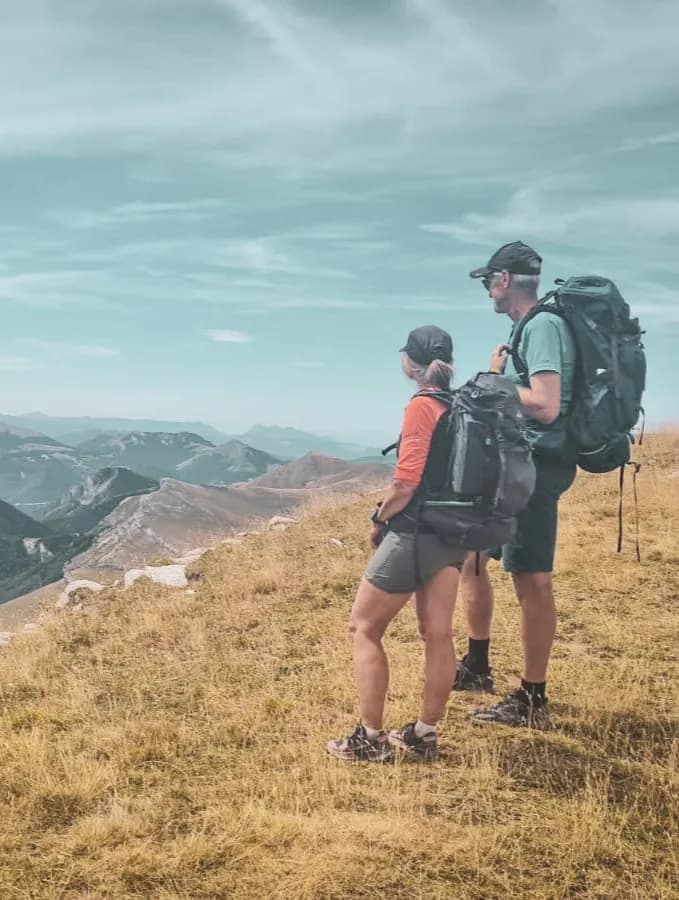The Ultimate Guide to Snowshoeing: Advice, Equipment and Destinations
Set off on a snowshoeing adventure with our advice, top spots and tips for unforgettable winter walks!

Snowshoeing is transforming the way you explore the winter outdoors. This accessible sport brings the mountains within everyone's reach, whether you're out for a few hours or a full day. On marked trails or through authentic snowy landscapes, each outing reveals a new facet of winter.
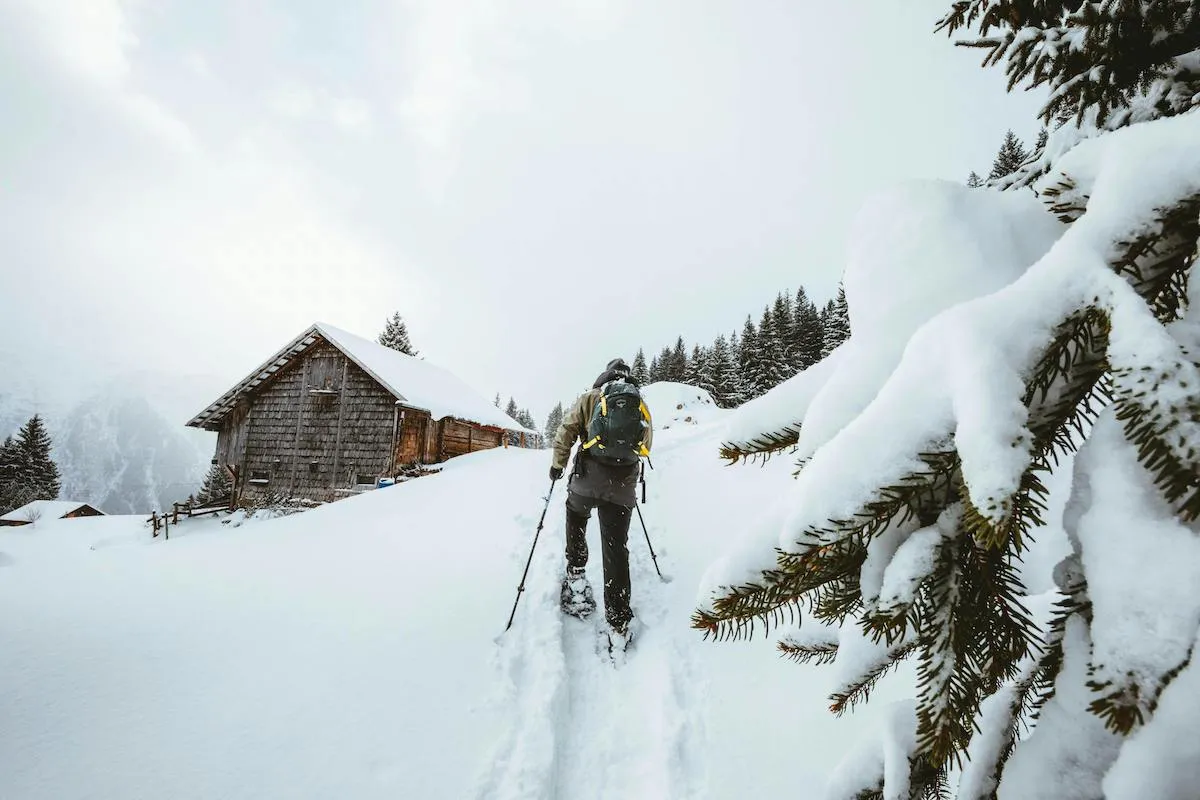
Physical and mental benefits
Snowshoe walking offers a complete workout for the body without straining the joints. The effort you put in builds endurance, activates your cardio system and strengthens your muscles and balance. The slow pace, the silence absorbing the snow and the immaculate landscapes provide an immediate sensation of well-being. Many people notice a reduction in stress from the very first steps, as well as a better connection with the environment.
A sport for everyone
Snowshoe trekking requires no previous experience or complex technical equipment. It's suitable for beginners and experienced sportspeople alike. All you need is basic equipment adapted to the weather and you're ready to hit the trails. At Wildhartt, guided outings allow you to progress at your own pace, in complete safety, while discovering unspoilt areas.
How to prepare for a snowshoe hike
Embarking on a snowshoe hike requires proper preparation to get the most out of the experience and limit the risks. Proper planning and equipment are essential for a safe and enjoyable adventure.
Minimum physical preparation
You don't need to be an athlete, but a minimum of stamina will help you enjoy the effort of snowy terrain. Practise in the preceding weeks:
- brisk or uphill walking
- Strengthening your legs and back,
- cardio exercises such as cycling or swimming.
This routine prepares the body for the increased energy expenditure associated with snowshoeing.
Route planning
Study your route carefully: look out for crossing points, wooded or open areas, and anticipate the slower walking times associated with snow. Tell someone you trust about your route and your expected time of return. Choose marked trails suited to your level, especially on your first outings.
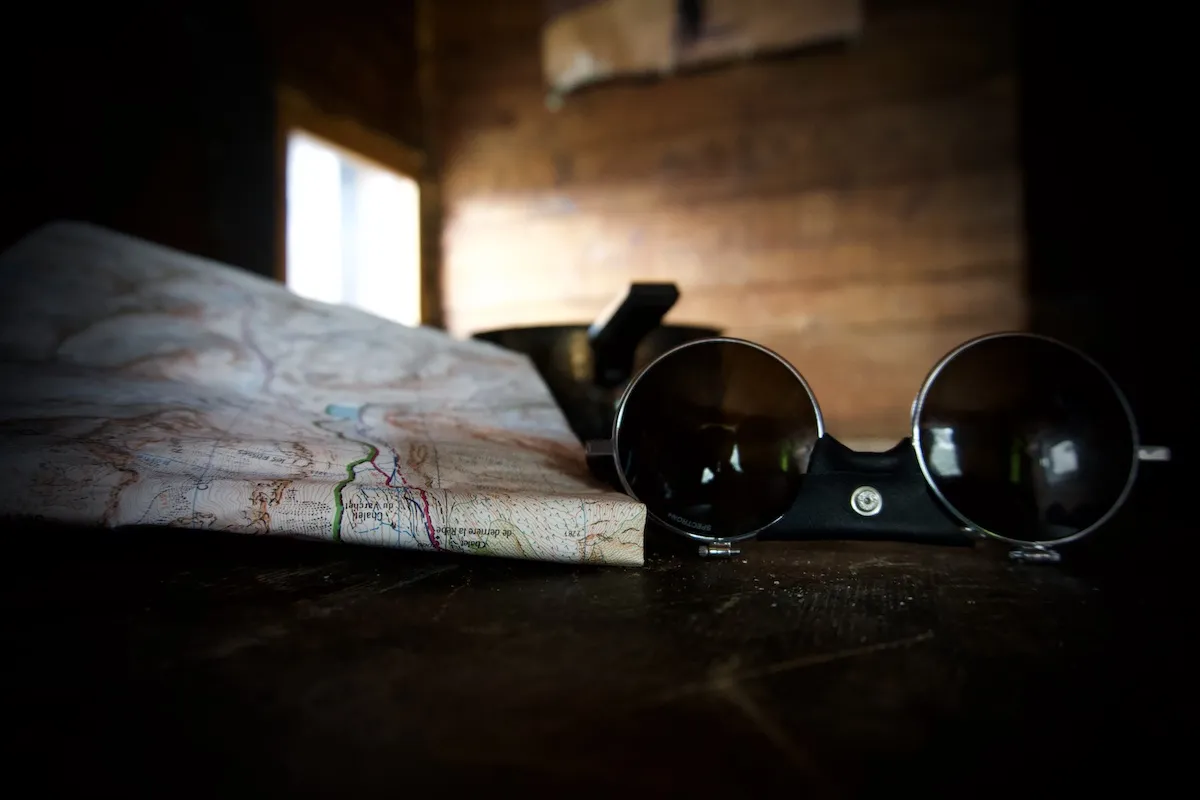
Managing safety and the weather
Check the weather forecast just before setting off. Check the risk of avalanches on specialist websites such as Météo France Montagne or Snow Forecast. You should also be reassured about snow conditions. Adjust your timetable to take advantage of the short days and avoid being surprised by nightfall.
- Always carry a map, compass or GPS.
- Carry a charged phone and an external battery.
- Don't hesitate to choose a Wildhartt guided hike, adapted to your level and the weather for a safe outing.
The key to a successful snowshoe hike is careful organisation, a solid level of fitness and careful consideration of winter conditions.
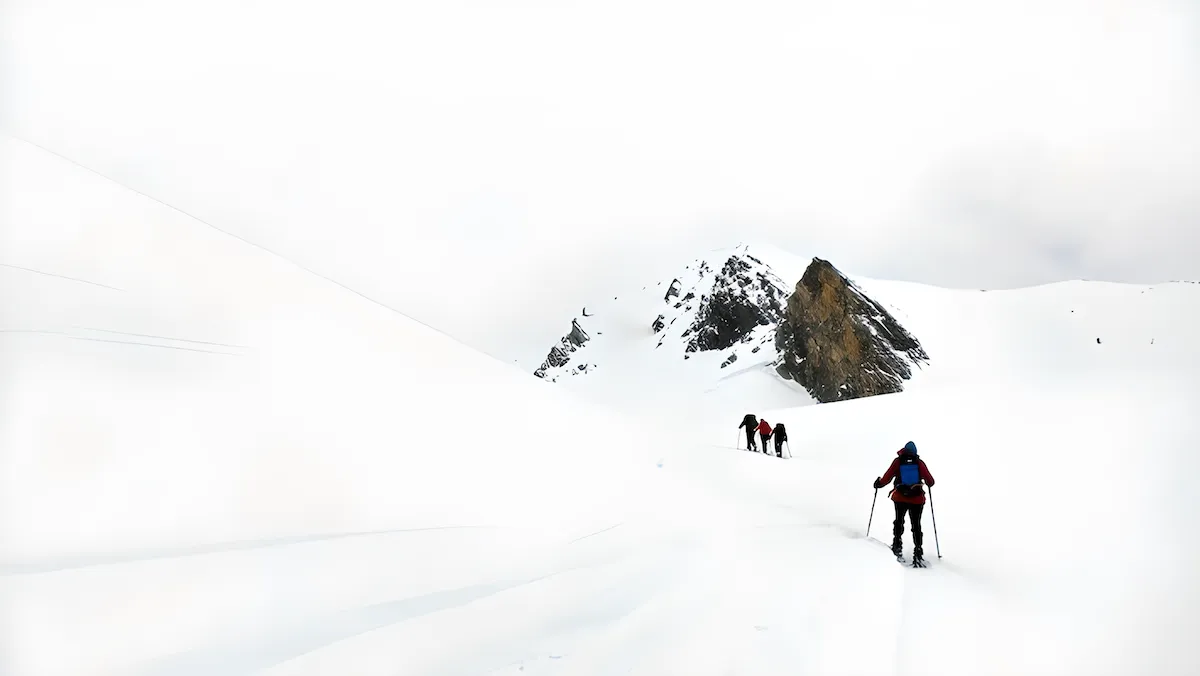
Snowshoeing in white weather
Essential equipment for a successful adventure
Choosing the right equipment makes all the difference if you want to set off into the snow with confidence. The right choices depend on the intensity of the outing and the weather conditions. Well-thought-out clothing and equipment protect you from the cold and guarantee the pleasure of every step.
Choosing your snowshoes : Main criteria
Snowshoes vary according to the size of the hiker, the type of snow and the difficulty of the terrain. There are three main factors to consider when choosing a snowshoe:
- Load-bearing surface: the bigger the snowshoe, the more it floats in deep powder. For compact trails, short models are sufficient.
- Binding system: The bindings should fit easily over the boots and provide good support.
- Claws and crampons: Essential for ascents and icy terrain.
The Perfect Clothes for Staying Warm and Dry
When it comes to clothing, layering is the rule. Each layer has a role to play:
- Breathable layer against the skin (long-sleeved technical t-shirt)
- Insulating layer (fleece or light down jacket)
- Waterproof and windproof layer
Warm gloves, a hat to cover your ears and thick socks are essential. Loose-fitting clothing is preferable so as not to restrict movement.
Indispensable accessories
A few accessories will make your adventure easier and safer:
- Hiking poles with large washers
- Category 3 or 4 sunglasses
- Sun cream and lip balm
- Energy snacks and insulated water bottle
- Small first-aid kit and survival blanket
The right equipment for the conditions
Adapt your equipment to the cold, the difficulty of the route and the number of participants. If the weather is uncertain, pack an extra warm layer. If you're going with Wildhartt, all technical equipment is checked and safety is the priority. The guides will advise you on personal equipment to ensure optimum comfort, whatever the experience of the participants.
Techniques and Tips for Effective Snowshoe Walking
Adopting the Right Basics for Snowshoe Walking
Snowshoe walking differs from traditional hiking because of the soft, uneven surface of the snow. To move forward effectively, spread your legs slightly with each step to avoid the snowshoes colliding. Move forward at a steady pace, shoulders relaxed, and keep your eyes a few metres ahead of you to anticipate any irregularities in the terrain.
Optimising energy and endurance
Exertion in fresh snow requires more energy than on a dry trail. To maintain your endurance over time:
- Start slowly: adopt a pace that allows you to chat and observe.
- Use your poles with each step, leaning lightly, to take the weight off your legs and improve your stability.
- Avoid lifting your knees unnecessarily: scrape the snow by sliding the snowshoe slightly forward to save energy.
- Take short breaks as soon as you feel out of breath, even if your progress seems easy at first.
Choosing an itinerary suited to your level, as suggested on outings like Wildhartt, reduces the fatigue inherent in long distances or steep slopes.
Ensuring stability and safety
To ensure reliable support, lay the entire surface of the snowshoe flat before transferring your body weight. Be careful when going downhill: lean your torso slightly forward and bend your knees to keep your centre of gravity low. When climbing, use the ascent wedge if available; it reduces the strain on the calves and makes the ascent more comfortable.
Adapting your technique to the conditions
The type of snow influences progress:
- Powdery snow: take smaller steps to limit the work involved in lifting.
- Compact and icy snow: engage the forefoot firmly to take advantage of the snowshoe's claws and avoid slipping.
- Crossing slopes: plant the pole firmly uphill to keep your balance and place the snowshoe flat uphill.
Mastering these adjustments increases your enjoyment in complete safety and allows you to take full advantage of winter itineraries, alone or in a group.
Where to go snowshoeing: Europe's most beautiful destinations
Europe is full of snowshoeing itineraries, some famous for their alpine panoramas, others for their wild atmosphere. Whether you're looking for an accessible adventure or a more remote setting, each massif has its own assets and seasonal character.
The Alps: vastness and diversity of routes
The French, Swiss and Italian Alps remain among the most sought-after destinations. Around Mont Blanc or in the Vanoise, signposted loops start from villages such as Chamonix, Pralognan and Champéry. The Austrian Tyrol also offers safe routes with views over glacial valleys and snow-covered forests. These regions offer routes to suit everyone, from panoramic paths to more demanding alpine trails.
The Pyrenees: preserved nature and authenticity
Less frequented than the Alps, the Pyrenees guarantee a peaceful and wild atmosphere. Around the peaks of the Ariège, the Pyrenees National Park and the Vallée d'Aspe, there are numerous routes through pine forests and white plateaux. Villages such as Cauterets are renowned for their warm welcome and the beauty of their itineraries, with a wide variety to suit all levels of ability.
Other European Massifs to discover
- The Massif Central, particularly in the Auvergne around the Puy de Sancy, offers a gentle terrain, perfect for beginners with no pressure and uninterrupted views.
- Scandinavia appeals to fans of the great outdoors, especially in Swedish and Norwegian Lapland, where the season is long and the polar atmosphere unique.
- The Carpathians in Romania offer authentic tours with few tourists, in the heart of vast forests and wild landscapes.
Each region offers its own advantages, from signposted routes to cosy Mountain huts for well-deserved breaks. To discover these sites in complete peace of mind, opt for a guided hike that offers both a safe environment and a chance to share your knowledge of the wildlife, snow and local culture. Wildhartt offers expeditions that facilitate access to these regions while respecting nature. The choice of destination depends on your desire for adventure, your level of experience and the time of year you choose.
Snowshoeing with Wildhartt: The Guided Experience
The experience of a snowshoe hike changes dimension with an experienced guide. Walking with a specialist on less-frequented routes means accessing confidential areas, immersing yourself stress-free in snow-covered nature and enjoying reassuring guiding for all levels. Discover our other guided adventures across Europe for a variety of pleasures.
Smaller Groups for Better Sharing
At Wildhartt, tours take place in small groups. This smaller format means that the pace is more appropriate, the group is more sociable and the guide's attention is more personal. Everyone moves forward at their own pace, asking questions, learning to read animal tracks or recognise snow-covered trees.
Guide expertise and enhanced safety
Our guides combine certification with passion. Their knowledge of the terrain guarantees safe routes, whatever the weather conditions. Before each departure, a briefing covers the route, the rules of progress and safety. The equipment on loan is tested and tailored to each participant, including quality snowshoes and poles, sometimes even specialised equipment for demanding alpine areas.
An educational and authentic approach
More than just a walk, a Wildhartt guided outing transforms the adventure into a real discovery. The guides share their observations of the winter ecosystem, explain how to assess the snow, the wildlife in winter or the useful gestures in the mountains. There are no timed objectives: each outing adapts to the weather, the energy and the desires of the group, offering a secure freedom rarely found elsewhere.
With the guided experience, logistical organisation is simplified. The team takes care of the preparations and the itinerary, and remains available for any practical questions. Participants enjoy snowshoeing in exceptional surroundings, in complete confidence, always accompanied by a professional who is concerned about safety and respect for the natural environment.
Safety tips and respect for the environment
Snowshoe trekking is attracting more and more nature lovers, but snow-covered mountains call for increased vigilance and a responsible attitude. A few simple reflexes will protect your safety and preserve these unique ecosystems.
Anticipating winter risks
Before each outing, check the avalanche bulletins and weather conditions on reliable websites, as stable weather conditions at the start can quickly change in the mountains. Always carry a charged telephone, map and compass. On exposed slopes, beware of the risk of wind slabs or avalanches, even on a clear day. Always stay on the marked trails if you're just starting out, and avoid going out alone.
- Adjust your route at the first sign of strong wind or fog.
- Do not approach frozen lakes or snow-covered rivers without specific knowledge.
- Equip yourself with a survival blanket, snacks, warm clothing and a first-aid kit.
In a group, appoint a team leader to sound the alarm in the event of a problem. Opt for an outing accompanied by a guide, such as those offered by Wildhartt, and you'll benefit from the skills of an expert who constantly monitors these parameters and knows how to act in an emergency.
Respecting nature in winter
Snow masks but does not protect the fragile nature of mountain environments. To limit your impact on fauna and flora:
- Always stay on the designated trails or areas so as not to disturb animals in a state of survival.
- Keep your distance from animal tracks and Mountain huts, especially in forested areas.
- Bring back all your rubbish, even biodegradable rubbish (including food scraps), as it disturbs local wildlife.
- Use subdued-coloured clothing to minimise disturbance to wildlife.
Organisations such as Mountain Wilderness and ASTERS publish valuable recommendations for cohabiting with nature in winter. Adopting these practices guarantees responsible, enjoyable and respectful hikes, preserving these areas for future generations. To find out more about ecology and conservation, read our commitments to sustainability.
FAQ: Frequently asked questions about snowshoe trekking
Choosing snowshoe trekking often leads to a lot of questions, especially on first outings or when you want to improve your skills. Here are some answers to the most frequently asked questions to help you make the most of this winter activity.
How fit do you need to be to start snowshoeing?
Snowshoe trekking is accessible. A minimum of stamina and easy walking on trails are all you need to get started. You don't need any previous sporting experience. However, a good physical preparation, even a light one, will make you more comfortable on longer routes or those with a difference in altitude.
Can you snowshoe with children or the elderly?
Yes, as long as you adapt the length and pace of the outing. Children love the snow and the playful atmosphere. Choose short, gentle routes and take regular breaks. For older people, choose easy paths and find out about the possibilities for easy U-turns.
How do I choose the right snowshoes?
The choice depends mainly on the weight of the hiker, the type of snow and the technical nature of the terrain. Multi-purpose models are ideal for beginners on marked trails. Specialists in the shop or guides on Wildhartt outings will advise you on the best option for you, depending on your body type and the route you are planning.
Do I need an avalanche safety kit?
Avalanches are safe and do not require any special equipment on safe or marked terrain. As soon as you leave the beaten track or go out into the mountains where the gradient changes, you'll need an avalanche transceiver, shovel and probe. Before any expedition in these conditions, ask a qualified guide or join an organised outing, such as those offered by Wildhartt, where these aspects are systematically covered.
What clothing is best for a successful outing?
Layer three essential items of clothing: one for breathability, one for insulation and one that is windproof and waterproof. Don't forget a hat, windproof gloves and warm socks. Adjust your clothing as you go along, especially during breaks to avoid getting cold.
Can I go on my own or is it better to be accompanied?
If you're a beginner, it's best to set off accompanied by someone with experience, or opt for a guided outing. In a group, progress is safer, unforeseen circumstances are easier to manage and learning is quicker. Many people choose to join a guided group so that they can progress in safety, get personalised advice and gain confidence, just like the adventures coordinated by Wildhartt.
How do you manage food and hydration?
Carry an insulated water bottle or water bag, as the cold accentuates dehydration, even if you feel less thirsty. Pack a few energy snacks in your bag to keep your energy levels up, including dried fruit, cereal bars and dark chocolate.
What should I do if the weather changes?
Always check the forecast before setting off, and leave earlier in the day. Always pack a warm layer in your rucksack and don't take any risks if visibility drops or orientation becomes tricky. Don't hesitate to postpone your outing if weather warnings are issued.
Acquiring the right reflexes and progressing calmly will enable you to make the most of every snowshoe hike. If you want to go further and share your experiences in safety, join a guided outing to combine pleasure and confidence in all types of snow. For more inspiration and feedback, check out our blog. Enjoy discovering snowy trails with or without a guide!
You might also like these adventures …

Stevenson’s trail: hike with a Donkey through the Cévennes
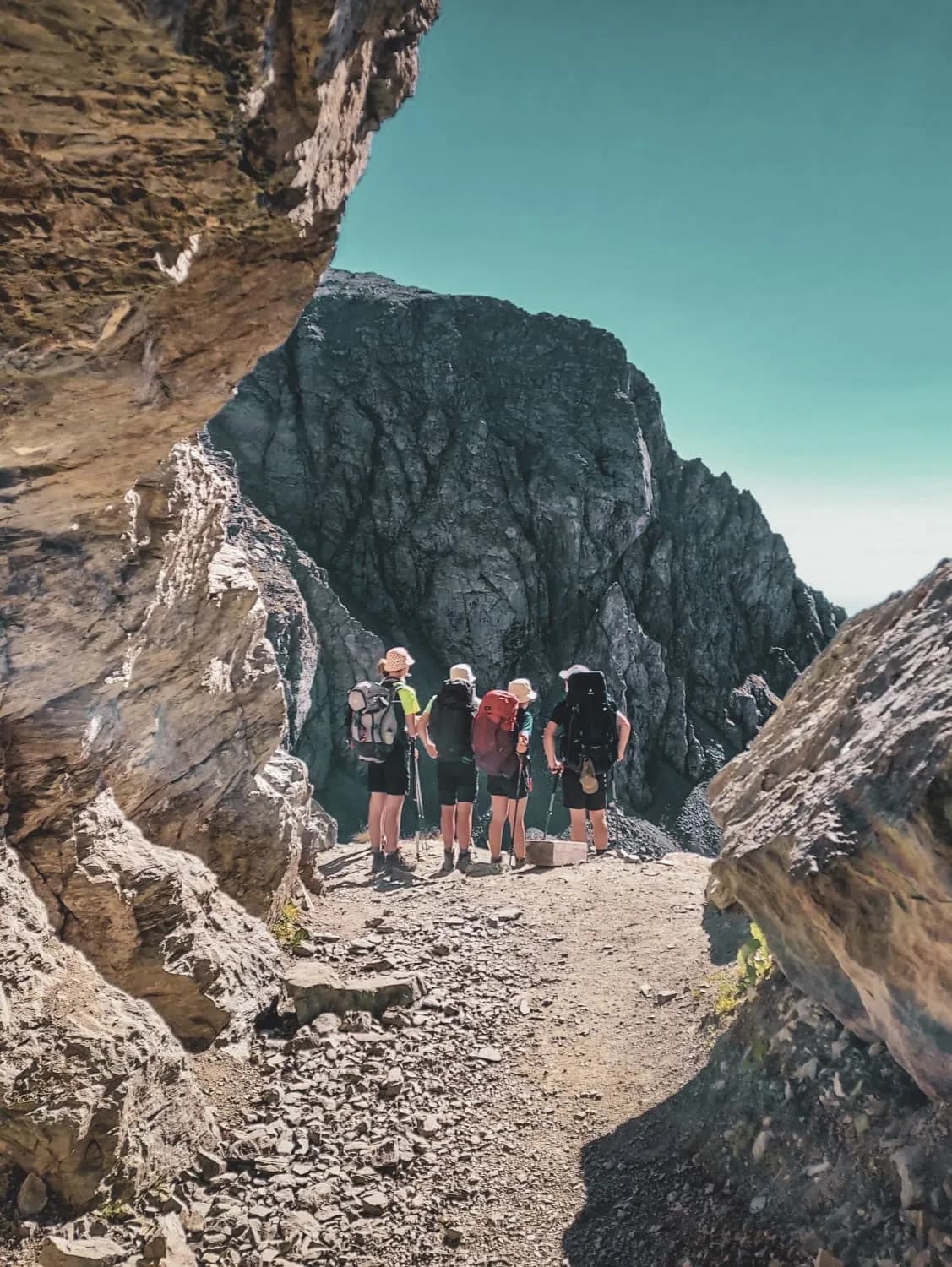
Hut-to-hut trekking around Monte Viso

Hiking in Mullerthal: Luxembourg's little Switzerland

Hike the Ecrins with a Donkey by your Side
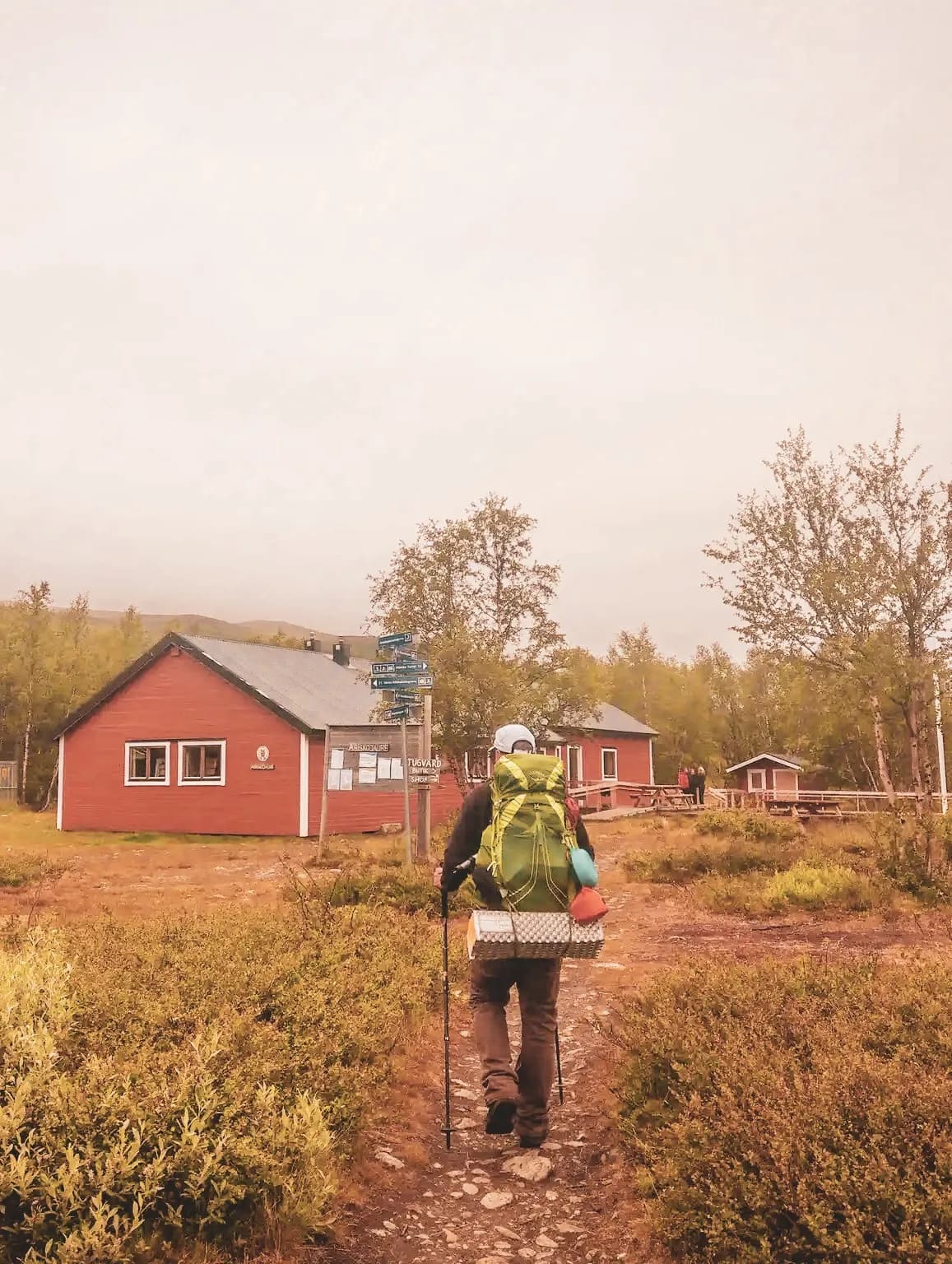
The king's trail: hiking through Swedish Lapland
